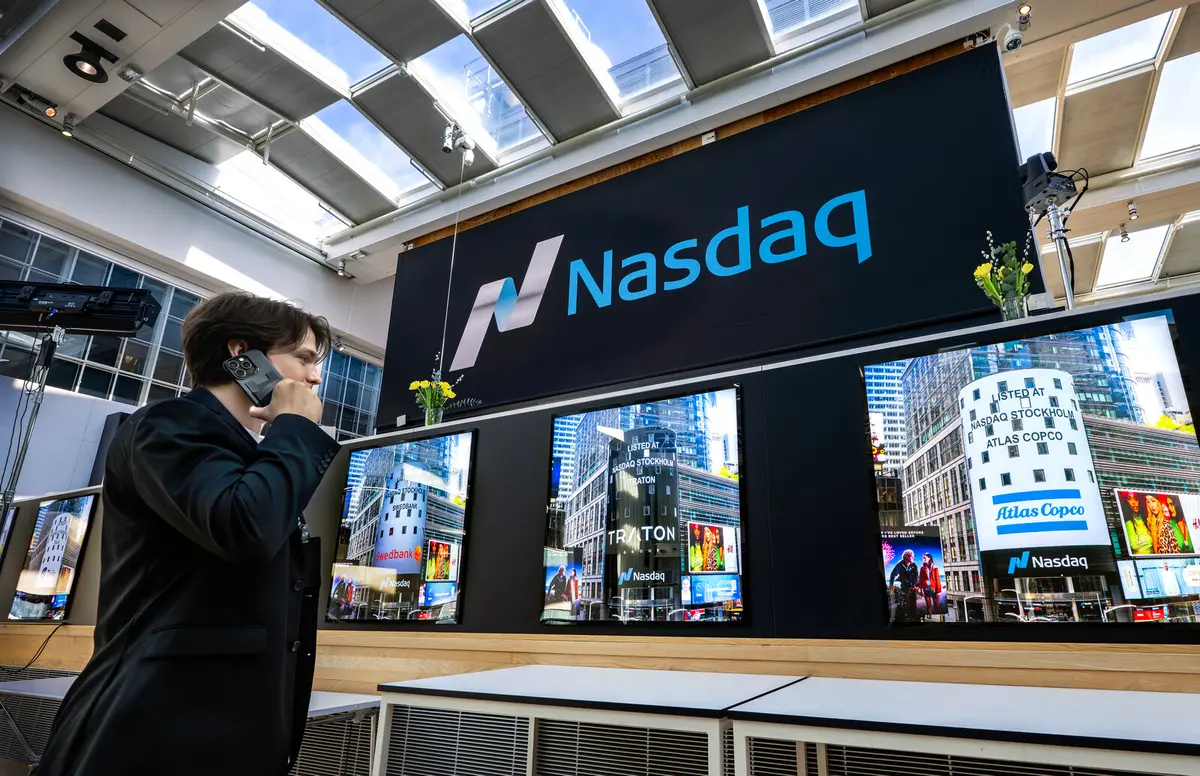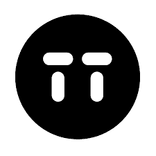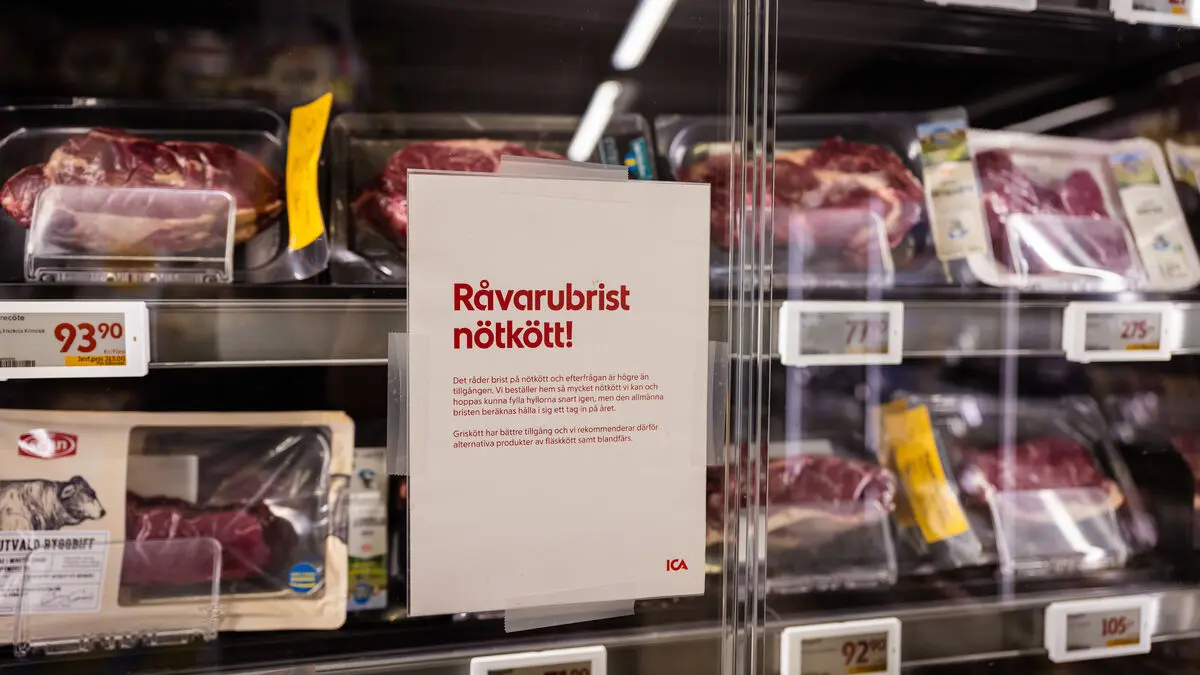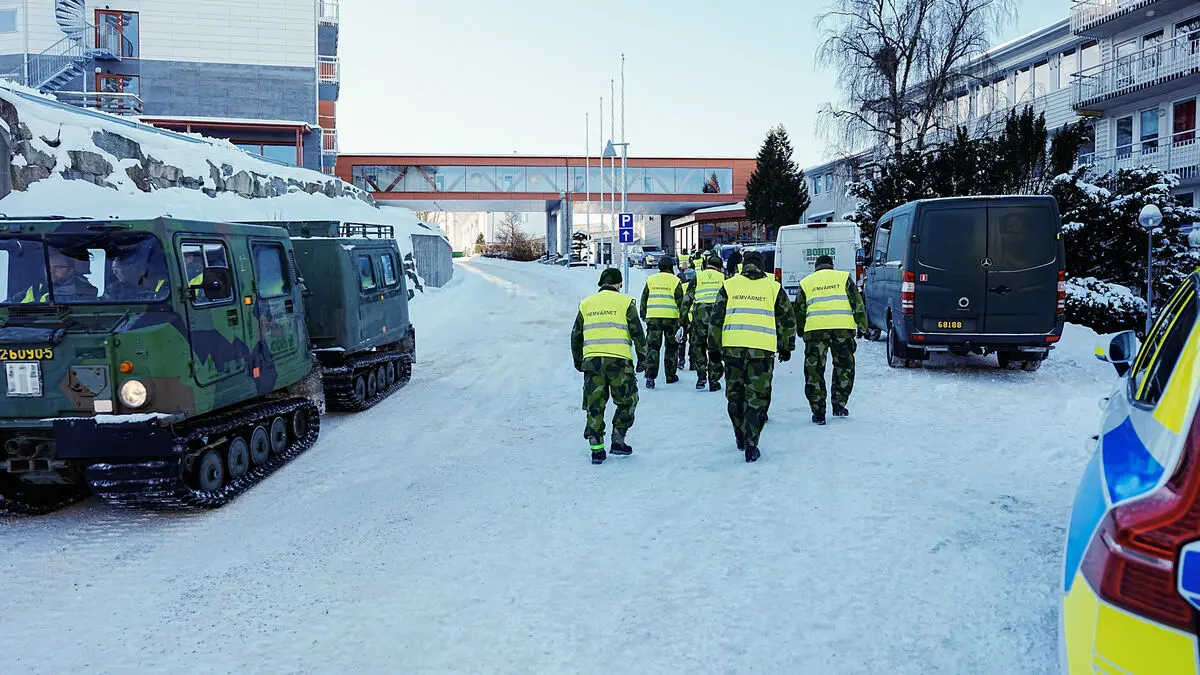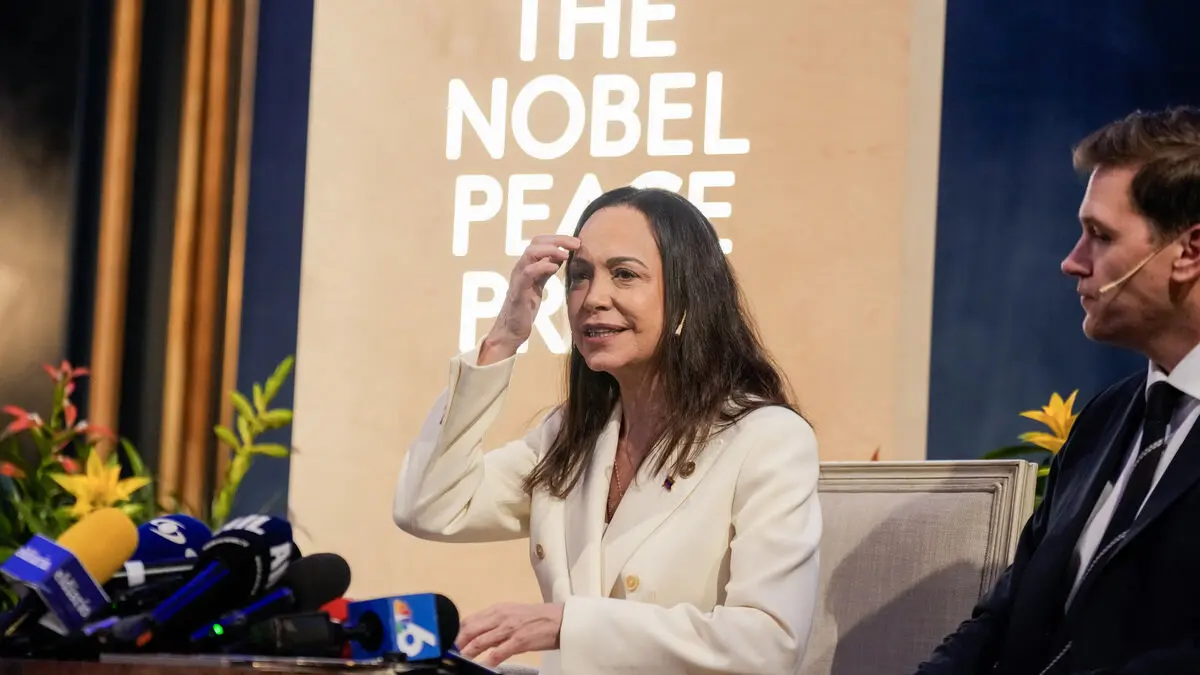The Stockholm stock exchange's broad OMX index closed at a minus of 0.4 percent, while the OMXS30 index with the most traded shares fell 0.9 percent.
OMXS30 was weighed down by declines for several industrial companies, including Atlas Copco, Ericsson, and Alfa Laval, down 1.7–2.5 percent. H&M also fell ahead of the clothing chain's interim report on Thursday. The share fell 2.6 percent.
Among the winners were the measurement technology manufacturer Hexagon, up 1.4 percent, and the mobile operators Telia and Tele2, which rose 0.4 and 0.2 percent, respectively.
The screw manufacturer Bulten fell 0.3 percent after news of a strategic review. The construction company Peab brought home a billion in a settlement and the share rose 1.8 percent.
Leading European stock exchanges fell moderately, but the New York stock exchange rose slightly in early trading.
Threats to oil traffic
The market is anxiously waiting for Iran's next move after threats from Tehran to stop the large oil traffic through the Strait of Hormuz and to carry out retaliatory attacks against US interests in the region.
The dollar temporarily rose to 9.74 kronor, the highest dollar rate against the krona in over a month. But at the close of trading, the krona had strengthened and the dollar cost 9.63 kronor.
In the commodity market, the price of so-called Brent oil rose during night trading to over $81 per barrel – which was a new high for the year. But in the afternoon, the price had fallen back to around $76.
Oil price decides
The gold price, which usually rises when investors seek safe investments in times of unrest, was up during night trading at $3,395 per ounce (approximately 31.1 grams) – a good bit below the historical peaks of $3,500 per ounce in April. During the day, the price fell back slightly.
"Geopolitically motivated declines are historically short-lived and limited," writes Michael Wilson, strategist at Morgan Stanley in a comment according to Bloomberg.
"The oil price will decide whether the turbulence persists," he adds.

